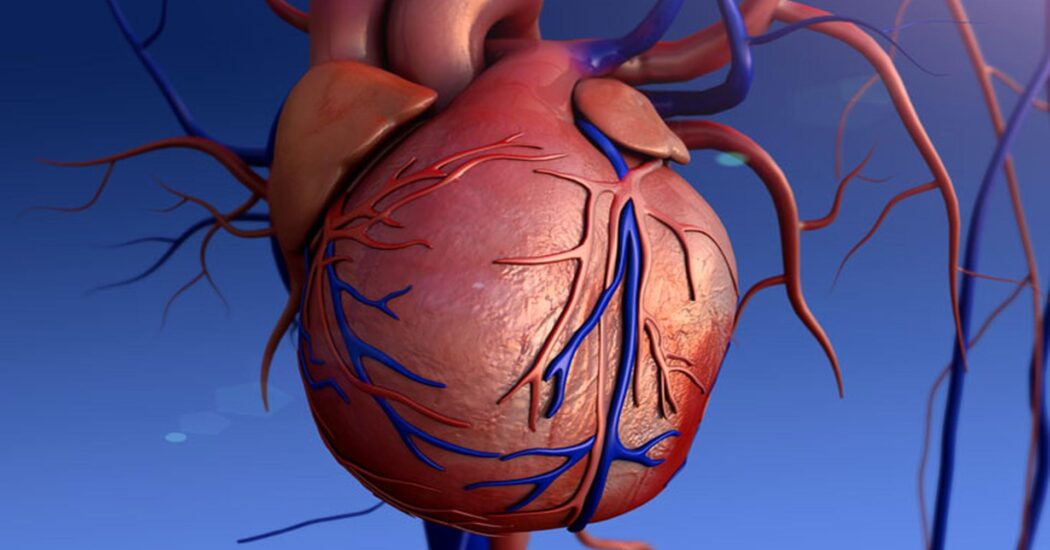Tricuspid valve disease is a type of Heart Valve disease with abnormal function of the valve. The doctor will also listen to your heart for a heart murmur. A heart murmur (abnormal heart sound due to turbulent flow of blood through a valve) usually indicates valve regurgitation or stenosis. The heart must pump more vigorously to force blood through one or more narrow or stiff (stenosis) valves.
It may be due to aortic and pulmonary valves closing, preventing the backflow of blood into the heart. At the same time, the aortic and pulmonary valves open to let blood out of the heart. As the heart muscle contracts and relaxes, valves open and close, allowing blood to flow into the ventricles and out into the body at different times. The valves of the heart that keep blood flowing in the right direction are the inlets to the orifices of the chamber (for the tricuspid and mitral valves) and the outlets (for the pulmonic and aortic valves).
To understand tricuspid regurgitation, you need to understand the basic anatomy of your heart. A typical heart has two upper and two lower chambers. The upper chambers – the left and right atria – receive incoming blood. When the opening of a valve or valve becomes narrow, it restricts the outflow of blood from the ventricles or atria. This limits your heart’s ability to pump blood due to the increased force required to pump blood through a stenotic (stiff) valve.
Symptoms
Tricuspid valve regurgitation often does not have any symptoms related to the valve disorder itself. If the tricuspid valve disease is severe, it may produce symptoms like unusual pulsation, or abdominal pain edema (swelling) etc.
Following are some signs and symptoms of tricuspid valve regurgitation:
- Weakness
- Unusual rhythm problem
- Pulsing in the neck
- Uncomfort breath
- Swelling in the abdomen, legs or neck veins
Causes of Tricuspid
The most common cause of tricuspid valve regurgitation/regurgitation is dilatation (enlargement) of the right ventricle and annulus (the space in the heart where the valve is located). Tricuspid valve regurgitation is primarily due to right ventricular annular dilatation and enlargement, which is often secondary to left ventricular heart failure due to myocardial or valvular causes, right ventricular volume, pressure overload, and chamber dilatation. Less common causes of tricuspid insufficiency. Valvular diseases include rheumatism, congenital or otherwise (endocarditis, flap injury/prolapse, spinal cord tear, papillary muscle tear, or myxomatous degeneration of the tricuspid valve. Importantly, left ventricular failure with chamber dilatation and mitral regurgitation can cause right ventricular pressure overload, right ventricular chamber enlargement, tricuspid annulus dilatation, and resultant TR.
In the majority of patients with secondary PV, it was initially believed that surgical repair of mitral valve disease would correct right-sided problems, and a conservative (non-contact) approach to the tricuspid valve was therefore recommended. after appropriate correction of the defect of the left valve. However, TR may persist or even increase after left heart surgery, so tricuspid valve reconstruction during mitral surgery is currently recommended in cases of severe TR or dilatation of the tricuspid annulus.
Treatment
Tricuspid regurgitation occurs when the blood returns abnormally from the right ventricle to the right atrium through the diseased tricuspid valve. Tricuspid valve replacement is asked in case of severe primary tricuspid regurgitation with symptoms of right heart failure. Treatment via surgery of tricuspid atresia depends on its condition and severity of heart defects.
Conclusion
Tricuspid valve atresia is a critical congenital heart disease (critical CAD) that can also be detected on neonatal screening. In general, the surgery needed to repair the tricuspid valve is more preferred instead of valve replacement.

